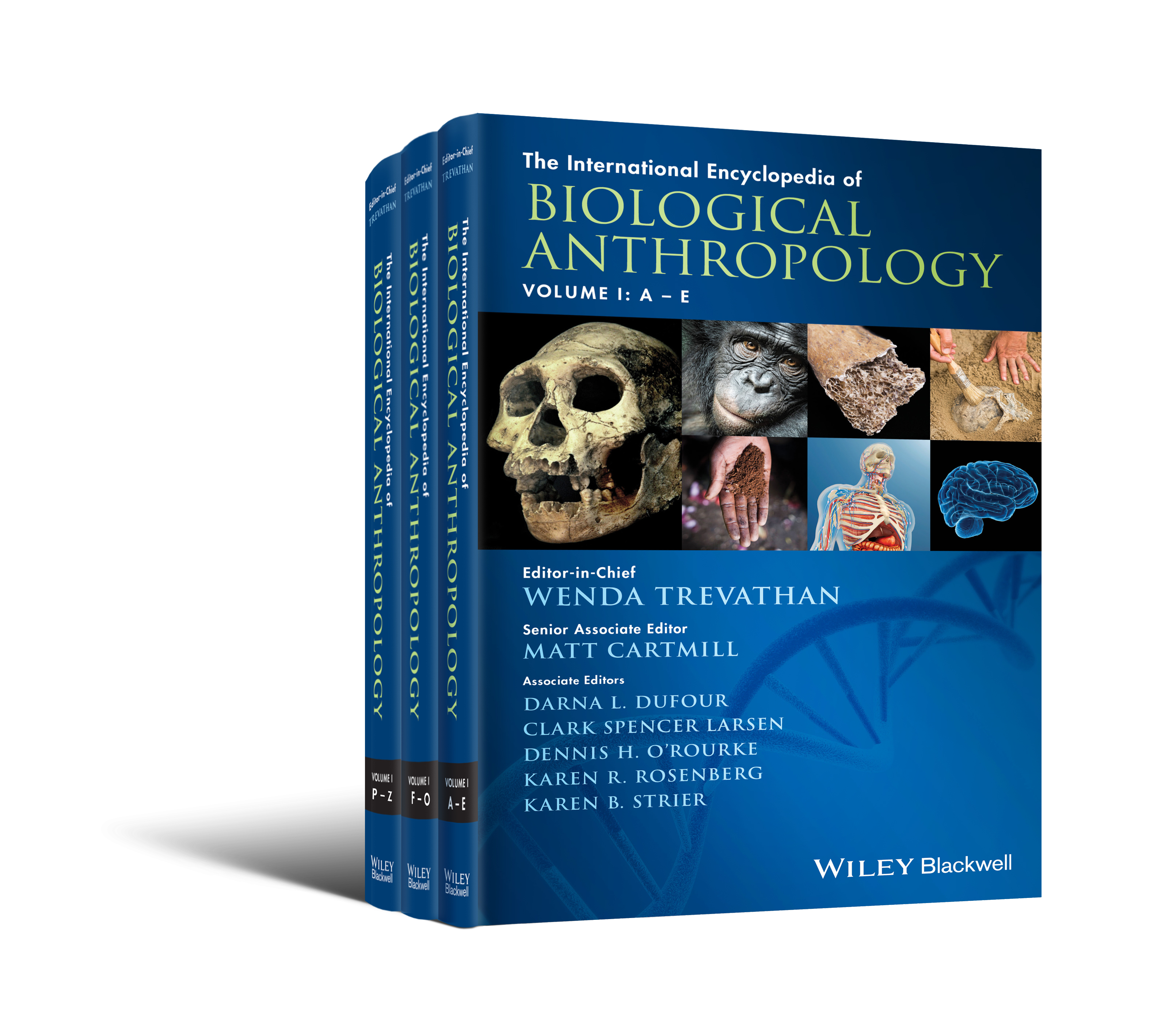Craniofacial development, normal and abnormal
Abstract
Craniofacial development is an extraordinarily complex process that begins with the formation of the neural tube in utero and continues through adulthood. Growth and development of the cartilage and bony head skeletons that function to support and protect the brain and other soft tissues has been of primary concern to anthropologists due to our interest in fossilized and archaeologically recovered skeletal remains, and the availability of museum skeletal collections. However, an understanding of craniofacial development requires consideration of all cranial tissues and their coordinated developmental trajectories, pre- and postnatally. Change in the behaviors of cells that constitute a specific cell lineage or that form a specific tissue can cause changes in differential growth that result in fundamental, global alterations in craniofacial morphology. Knowledge of the embryonic source and developmental contributions of specific cells and tissues to craniofacial morphology helps to clarify the integration of these processes across developmental time and space and adds to our understanding of craniofacial development, disease, and evolution.



